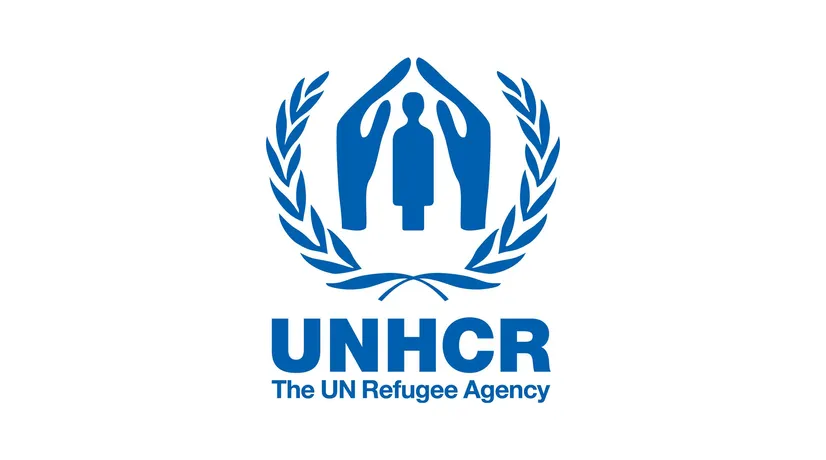Myanmar Emergency Update (as of 1 March 2022)
07 March 2022

HIGHLIGHTS
As of 28 February 2022, the number of people internally displaced in Myanmar since the military takeover in 2021 have crossed the half-million mark, reaching some 503,000, up from 451,000 the previous week. These include 230,800 internally displaced persons (IDPs) in South-East Myanmar – 93,800 in Kayah State, 56,300 in Shan State (South-all towns except Kyethi, Laihka and Mongkaing), 68,900 in Kayin State, 7,500 in Mon State, 3,500 in Tanintharyi Region and 800 in Bago Region and 6,600 in Shan State (North). In addition, there are 171,000 IDPs in Sagaing Region, 42,300 in Magway Region and 33,200 in Chin State.
In the South-East, return movements of internally displaced persons to their areas of origin continue to be reported from Shan State (South) to Kayah State. IDPs have been obliged to return due to the lack of shelter, food, water and winter items in displacement areas. Given the ongoing armed conflict, it is anticipated that returnees might be displaced again. Conflict has intensified in Demoso and Loikaw townships, Kayah State, resulting in civilian casualties and reportedly some 100 properties set on fire. Access and movement restrictions are limiting UNHCR and its partners’ ability to respond to the dire needs of displaced populations, especially for food and healthcare.
In the North-East, armed clashes have displaced some 1,000 people in Mamauk Township, Kachin State.
In the North-West, the security situation remains volatile due to an escalation of armed conflict and increased presence of armed forces. Harvesting and other livelihood activities have been seriously disrupted, leaving IDPs with an urgent need for food, healthcare, and other basic services. Increased displacement was observed in Chin State.
In Rakhine State, the stateless population continues to face restrictions on freedom of movement, impeding their ability to seek medical care and further entrenching their segregation. Similarly, a number of displaced persons in Sittwe and Pauktaw IDP camps continue to suffer from outbreaks of acute water diarrhoea (AWD) due to inadequate access to health facilities. They in turn rely on traditional healers.
Announcements
21 May 2025
Open letter: Malaysia must lead ASEAN with principle, not hypocrisy, to address the Myanmar crisis

Progressive Voice is a participatory rights-based policy research and advocacy organization rooted in civil society, that maintains strong networks and relationships with grassroots organizations and community-based organizations throughout Myanmar. It acts as a bridge to the international community and international policymakers by amplifying voices from the ground, and advocating for a rights-based policy narrative.